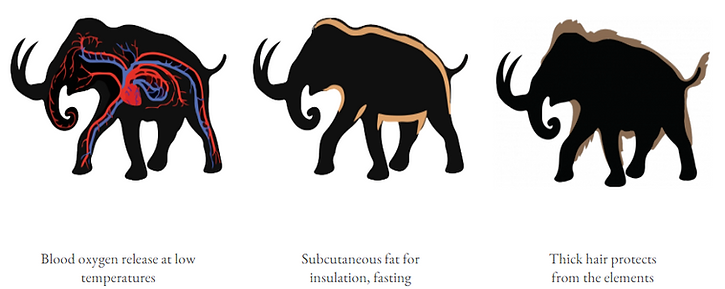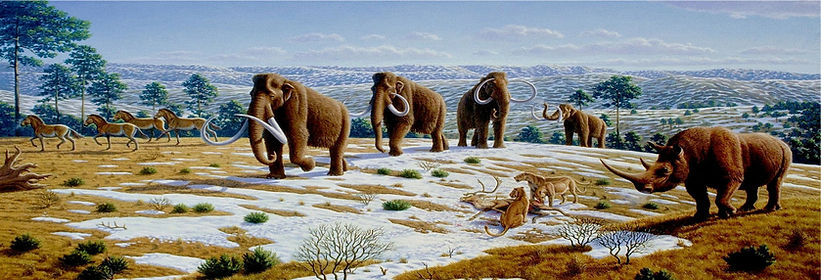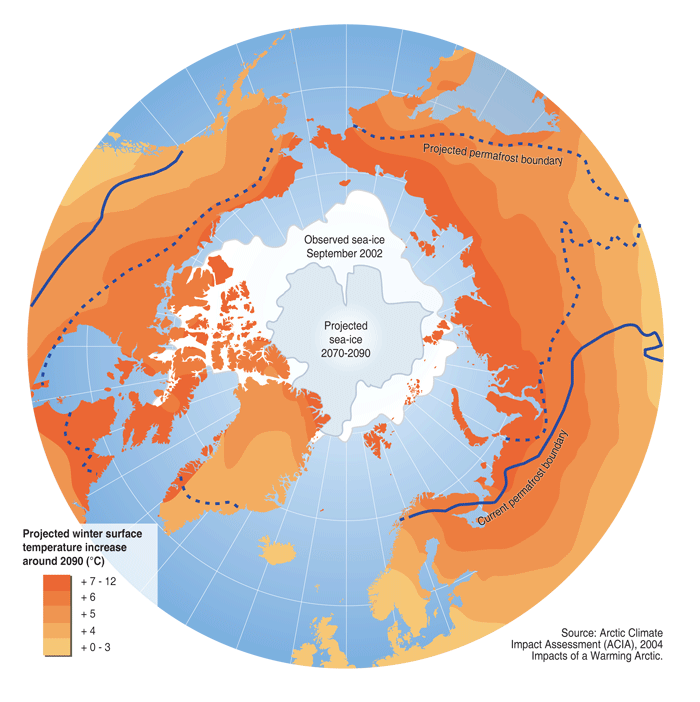Bringing back a sabertooth seems cool, but scientists believe that extinct animals would actually benefit the environment. Some suggest creating hybrids to help endangered animals increase in population while others suggest it helps with slowing the thawing of the permafrost. Whatever is the case, de-extinction may pose for more environmental purposes than just the "cool" factor.
applications
The steppe grazing system that once comprised of the world's largest biome can be restored in norther Siberia where various species can be placed to create the density that used to exist. Bringing back this ecosystem can increase Earth's biodiversity that was lost. Furthermore, the grazing of wild Yukutian horses, wild musk ox, reindeer, and bison has succeeded in transforming the tundra into a rich grassland that collects carbon instead of releasing it. Frans Vera emphasized that the addition of herbivores and wild grazing animals would result in a more biodiverse mix of grasslands and forests.
restore extinct ecosystems
prevent future extinctions
Many scientists suggest creating hybrids, especially a hybrid of an Asian elephant with mammoth traits that are extracted from DNA in mammoth bones like thick hair and cold-resistant blood. The purpose of this hybrid is to ensure the survival and thriving of existing species. The shaggy hair and tolerance to colder climate traits to the Asian elephant, an endangered species, can help them survive in colder climates. The combination of specific traits with current species would enable the prevention of current endangered species to become extinct.
benefit current ecosystems
Not only would resurrecting extinct species bring back extinct ecosystems, but it would also benefit current ecosystems such as preventing and slowing down the thawing of the permafrost. Woolly mammoths could potentially prevent the tundra permafrost from melting and releasing huge amounts of greenhouse gases. They can bring back carbon-fixing grass and reduce greenhouse-gas-releasing tundra. "They keep the tundra from thawing by punching throw snow and allowing cold air to come in," said Professor Church. "In the summer they knock down trees and help the grass grow."
Additionally, these grasslands would reflect more sunlight than the forests and scrub they replace, causing the Arctic to absorb less heat. During winter, the trampled snow will offer insulation that enables the season's freeze to reach deeper into the crust and cooling the frozen soil beneath to lock the dangerous carbon dioxide lodes in a thermodynamic vault.



This illustration demonstrates the biome that once roamed Earth many years ago. (A.5)
The diagram illustrates the impact that permafrost has on the levels of carbon. Because of global warming today, the permafrost is more thawed. However, the resurrection of mammoths can prevent the thawing and keep the permafrost intact. A.6
The image above illustrates benefits that an Asian elephant would gain from inheriting mammoth genes. A.5
The figure demonstrates the expected changes of Arctic temperatures by 2090 and the effects it has on reducing the permafrost line. The solid blue line is the current permafrost boundary (orange) while the dashed blue line is the predicted boundary line by 2090. A.7

